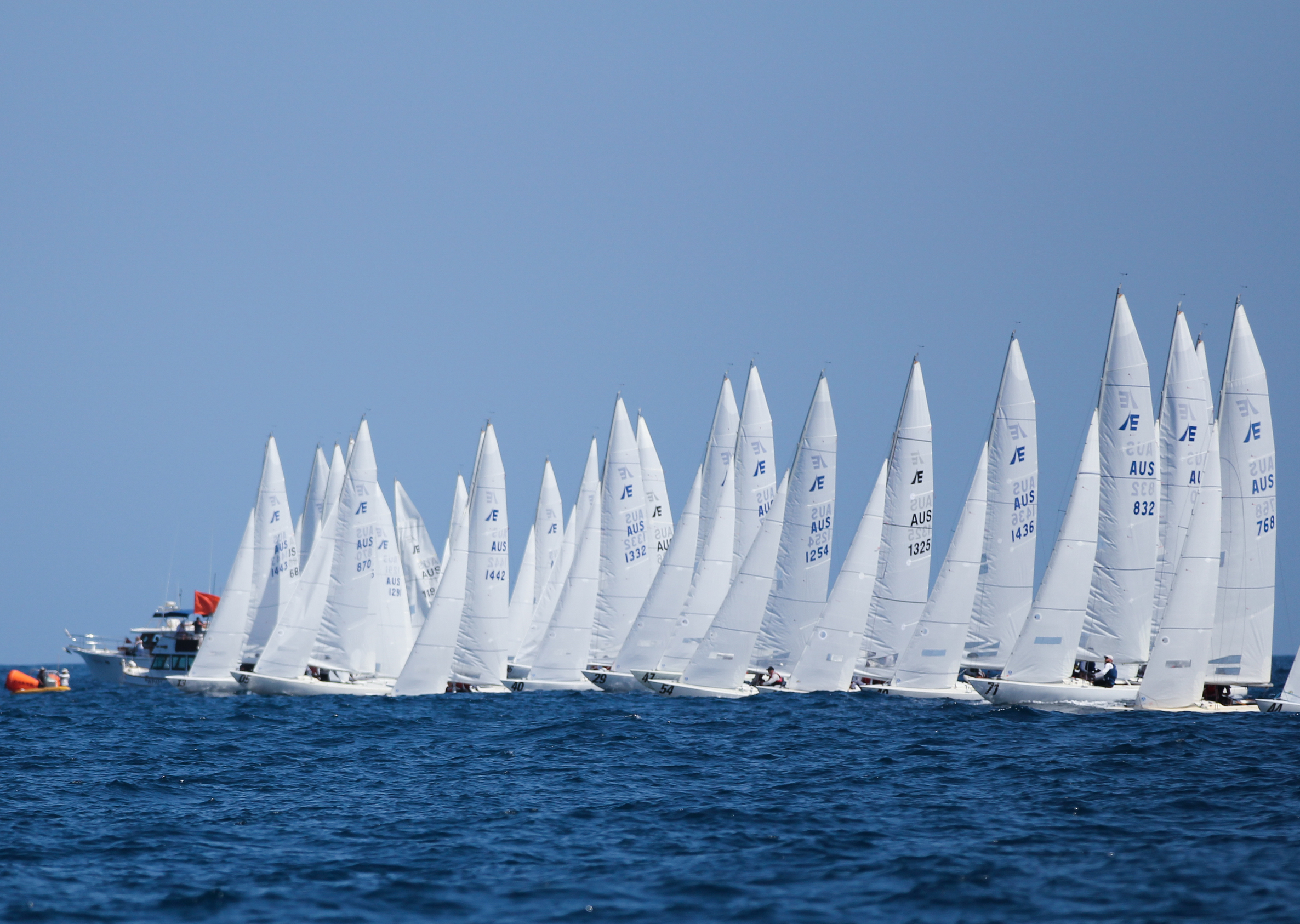

Tips For Championship Sailing
- Watch your competition to get a quick understanding of your boat’s relative performance and once noted, do not wait to make changes.
- When sailing to windward, bear off a degree or two and simultaneously ease your sails to increase speed.
- Keep a constant note of the angle of heel. Too much windward helm indicates that you have too much heel and Lee helm indicates too little heel.
- Heel is an important speed factor and this can be corrected by moving crew weight, changing sail shape or angle to the wind.
- Always attempt to sail in clear air, disturbed wind and water have a dramatic effect on speed so always manoeuvre away as soon as possible.
- In light winds and choppy water keep crew weight as low in the boat as possible.
- Only carry out manoeuvres when the boat is moving as fast as possible for the given conditions.
- When sailing downwind, the trimmer and helmsperson should communicate during every puff or lull.
- Be the first boat to gybe in a lift.
- Make sure you have the jib trimmed so that the telltales break evenly when you luff. On the mainsail, the top telltale should be just on the edge most of the time.
- When making changes, make one at a time and let the boat settle down. Watch for speed differences before changing something else.
- If you notice that you are slow, take immediate action.
- When trimming sails, remember that the correct shape is more important than the projected sail area. Sails work at peak efficiency when the draft is 35 to 50 per cent aft of the luff.
- n heavy air, carry the spinnaker pole a little forward of where you normally would and ease the sheet the same amount. This will make the boat more forgiving and less likely to broach.
- ICLICK HERE FOR MORE SPEED
